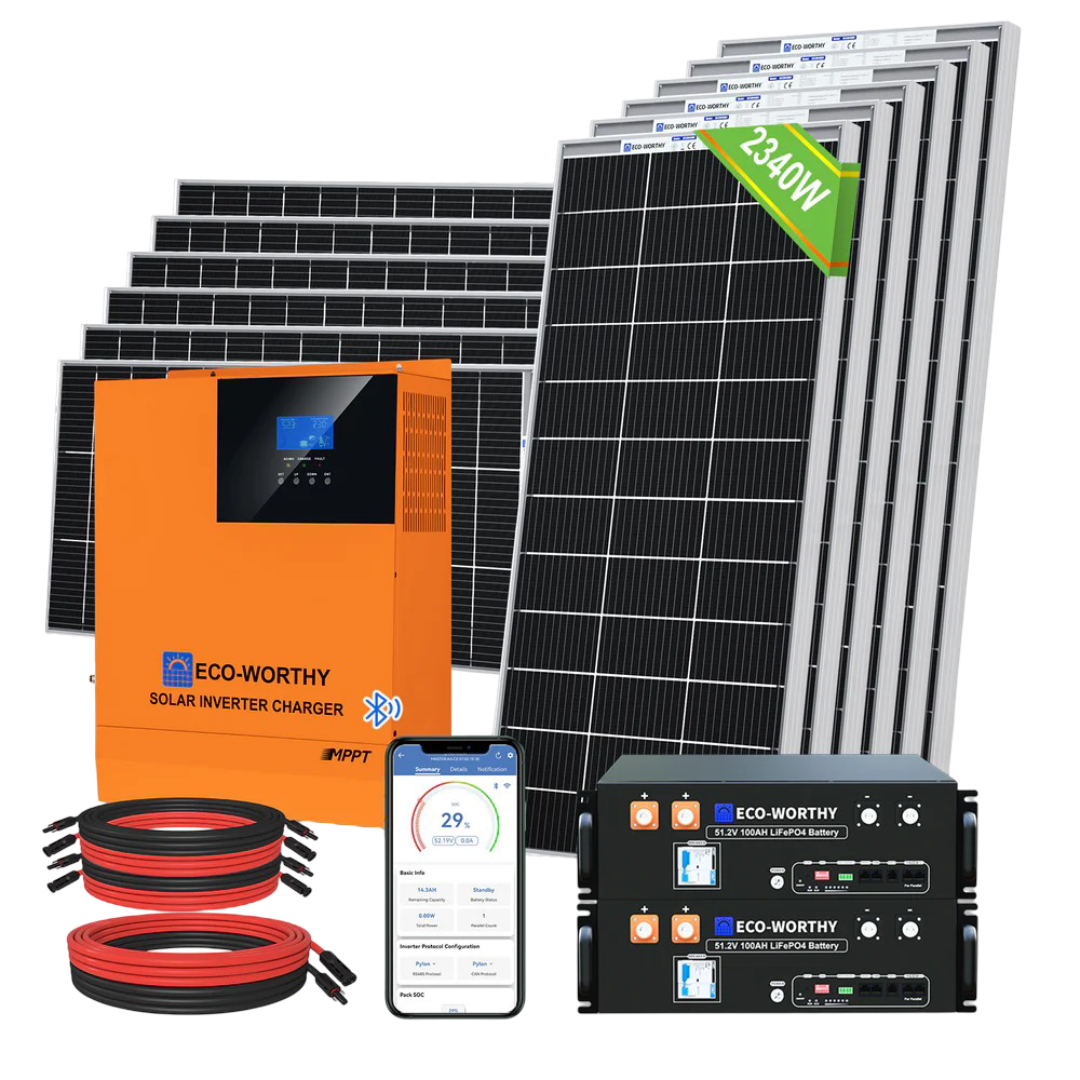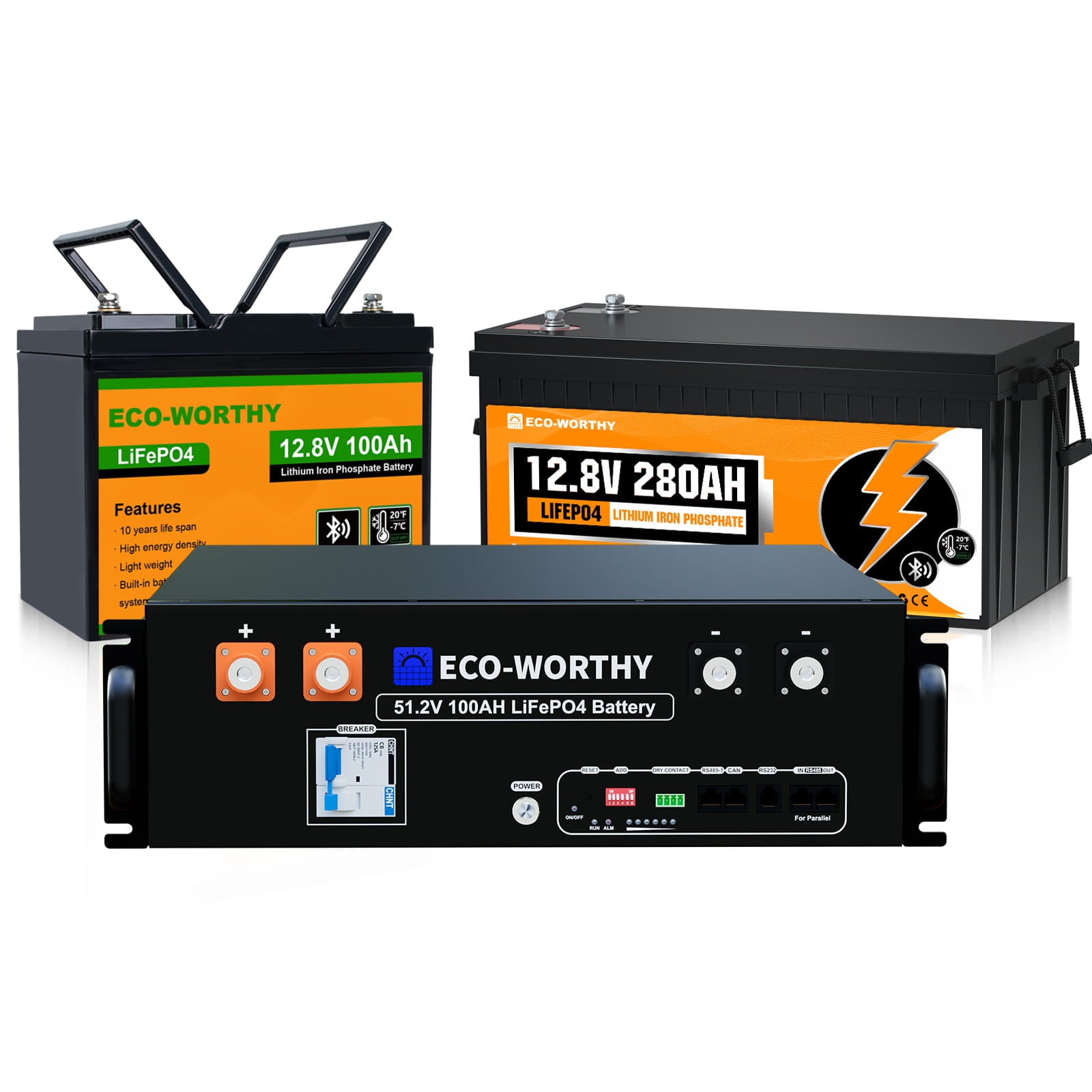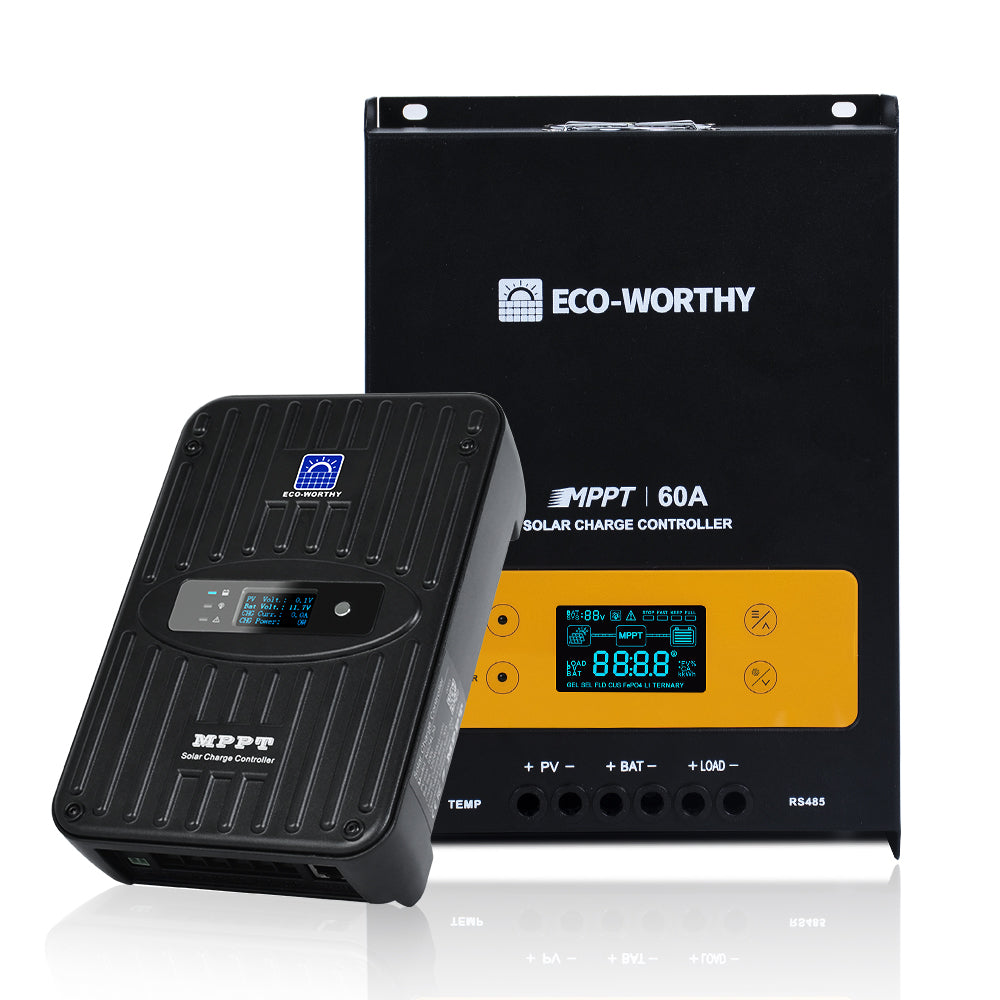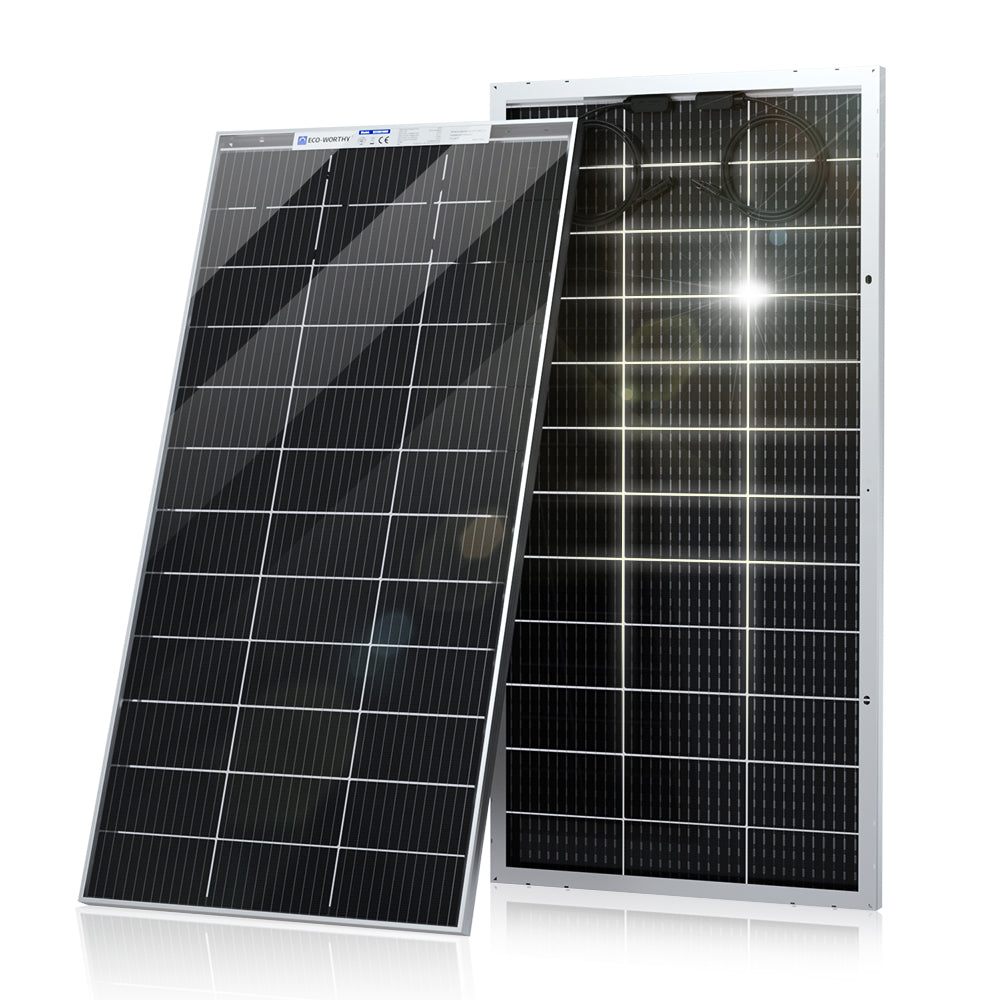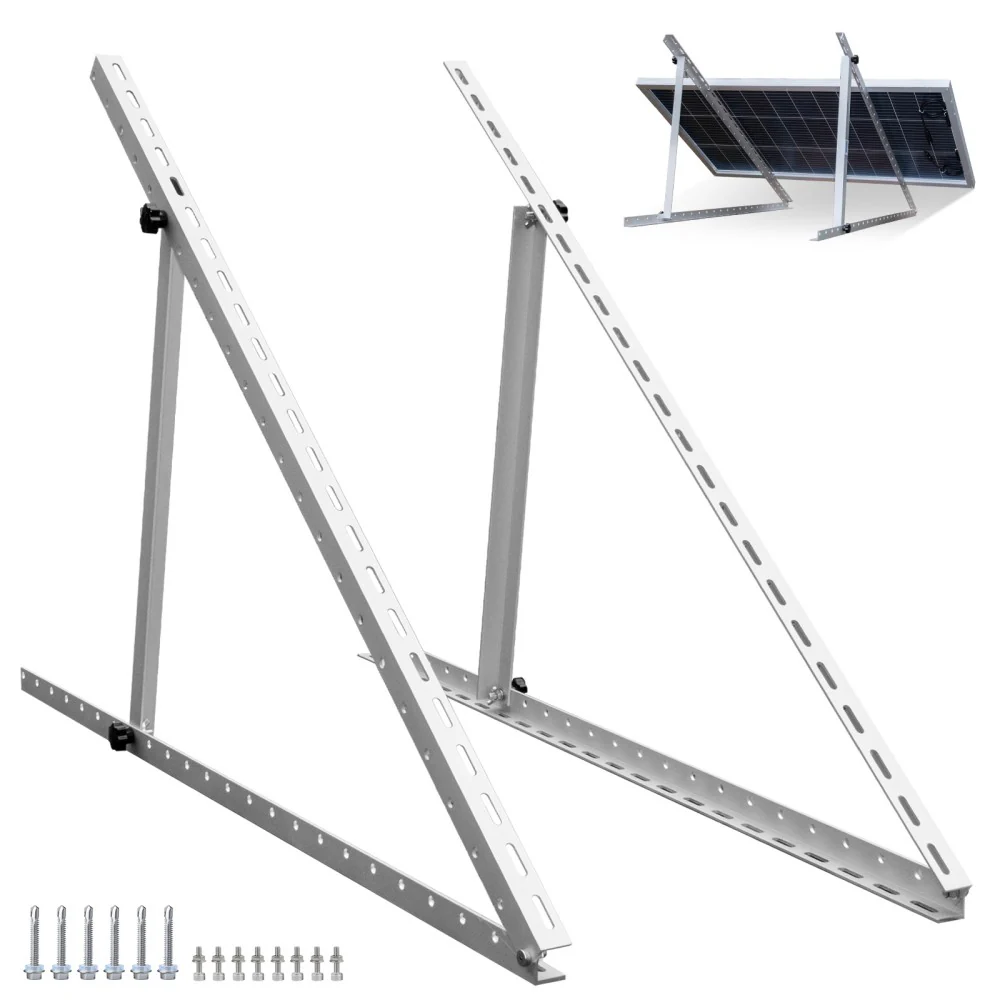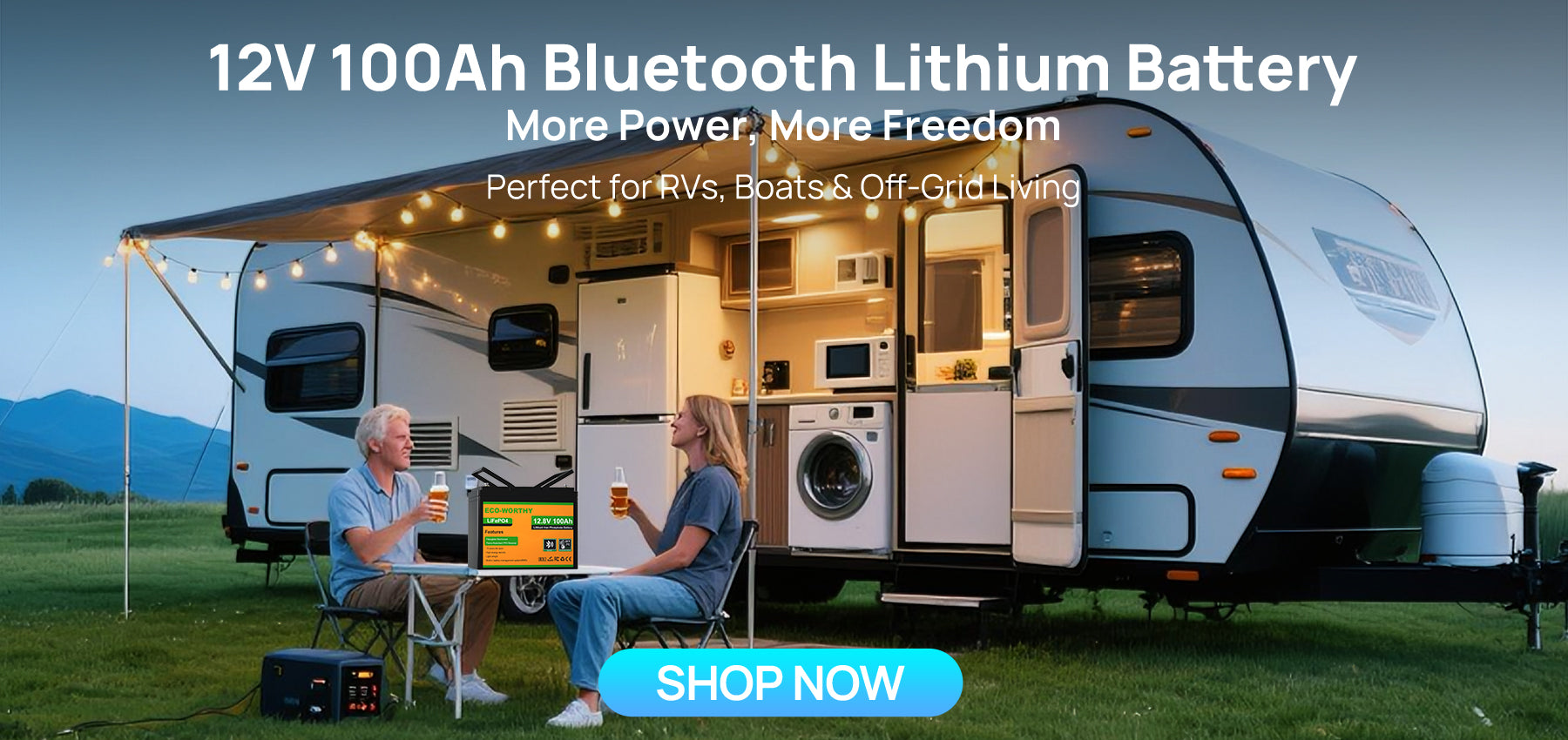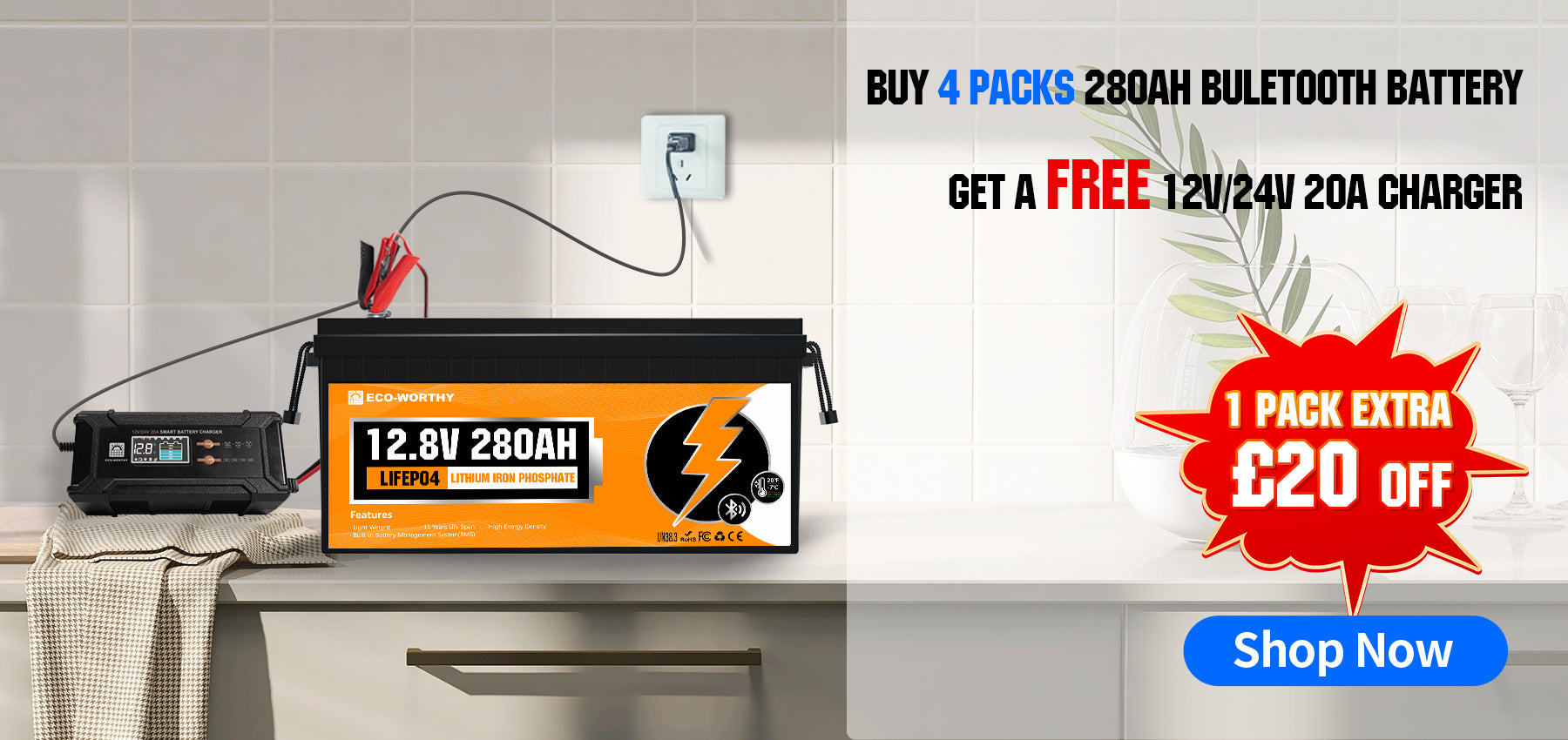Navigation
- What Makes Lithium Batteries Ideal for Marine Use?
- How to Charge Your Lithium Batteries: Best Practices
- Regular Maintenance for Your Boat's Lithium Batteries
- How to Protect Your Boat's Lithium Batteries from the Elements
- Mastering Lithium Battery Care for Endless Adventures
To get the most out of your boat's lithium batteries, it's crucial to understand how to maintain and care for them properly. This article will guide you through the essential strategies for extending the life of your personal lithium batteries, including optimal charging practices, regular maintenance, environmental considerations, and advanced battery management systems. By following these guidelines, you'll ensure your batteries provide reliable power for years to come, allowing you to enjoy uninterrupted adventures on the water.
What Makes Lithium Batteries Ideal for Marine Use?
Lithium batteries, especially LiFePO4 (Lithium Iron Phosphate) batteries, have gained popularity among boat owners due to their superior performance and safety features compared to traditional lead-acid batteries. LiFePO4 batteries have become an ideal choice for personal boats, offering a range of benefits that make them perfect for your watercraft.
Advantages of LiFePO4 Batteries over Lead-Acid Batteries
- Energy Density: LiFePO4 batteries can store more energy in a compact and lightweight package, making them perfect for personal boats where space is limited, and weight reduction is crucial for improved fuel efficiency and performance.
- Lightweight: LiFePO4 batteries are significantly lighter than lead-acid batteries of the same capacity. This weight reduction can enhance your boat's overall performance and handling.
- Fast Charging: LiFePO4 batteries can be charged much faster than lead-acid batteries. They typically reach 80% capacity in about an hour, allowing you to spend more time on the water and less time waiting for your batteries to recharge.
- Longer Cycle Life: LiFePO4 batteries can withstand a higher number of charge and discharge cycles before their capacity starts to deteriorate. This longer lifespan makes them a more cost-effective investment for your boat in the long run.

Built-in Safety Features of LiFePO4 Marine Batteries
- Battery Management Systems (BMS): Modern LiFePO4 batteries for personal boats come equipped with advanced Battery Management Systems that continuously monitor and control the charging and discharging processes. The BMS ensures that your battery operates within safe limits, preventing damage caused by overcharging, over-discharging, or overheating.
- Overcharge and Deep Discharge Protection: The BMS in your LiFePO4 battery automatically stops the charging process if the battery voltage exceeds a certain threshold, protecting the battery from overcharging. Similarly, if the battery voltage drops too low during discharge, the BMS will cut off the power supply to prevent deep discharge damage.

Understanding these benefits and safety features can help you appreciate the advantages of lithium batteries for your personal boat and take steps to maintain and extend their lifespan.
How to Charge Your Lithium Batteries: Best Practices
Proper charging is essential for maintaining the health and longevity of your lithium batteries.
1. The Charging Curve: A Closer Look
Lithium batteries have a unique charging curve that sets them apart from lead-acid batteries. The charging process typically consists of two main stages: the Constant Current (CC) stage and the Constant Voltage (CV) stage.
During the CC stage, the charger provides a steady current to the battery, causing the voltage to increase rapidly until it reaches a predetermined level, usually 3.65V per cell. Once the battery hits this voltage, the charger switches to the CV stage, where it maintains a constant voltage while gradually reducing the current until the battery is fully charged.
Grasping this charging curve is crucial for selecting a compatible charger and ensuring that your lithium batteries are charged safely and efficiently.
2. Selecting the Ideal Marine Charger
To keep your lithium batteries in optimal condition, it's important to use a high-quality charger designed specifically for marine applications. When shopping for a charger, look for one that is compatible with your battery's chemistry (e.g., LiFePO4) and features smart charging technology. Smart chargers can monitor your battery's status and adjust the charging process accordingly, preventing overcharging and optimizing charging efficiency.
Given the harsh marine environment, it's also essential to choose a charger that is waterproof and resistant to vibrations and shocks. This will ensure that your charger can withstand the rigors of life on the water and provide reliable performance.
3. Charging Strategies for Optimal Battery Health
To maximize the lifespan and performance of your lithium batteries, consider implementing these charging strategies:
First, resist the temptation to fully charge your batteries to 100% every time. While it may be convenient, regularly charging to maximum capacity can actually reduce the overall lifespan of your batteries. Instead, aim to charge them to 80-90% for most uses, and only charge to 100% when you need the maximum runtime.
Second, be mindful of the temperature when charging your batteries. Lithium batteries are sensitive to extreme temperatures, both hot and cold, which can negatively impact their capacity and lifespan. Avoid charging your batteries in very high or low-temperature environments to maintain their optimal performance.
Finally, take advantage of lithium batteries' ability to handle partial charging cycles. Unlike lead-acid batteries, lithium batteries do not suffer from the "memory effect," meaning you can charge them partially without reducing their capacity. In fact, using partial charging cycles can actually help extend the lifespan of your batteries.
Regular Maintenance for Your Boat's Lithium Batteries
Proper care of your marine lithium batteries helps them last longer and work better. Here's a simple guide to keeping your batteries in great shape:
1. Check Your Boat's Lithium Batteries Regularly
Check your batteries often. Most have built-in systems that show their status. Look for any unexpected changes in how they charge or how long they last. If you notice anything unusual, it might be time for a closer look or even a replacement.
2. Keep Them Clean
Once a month, clean your batteries:
- Wipe the outside with a damp cloth.
- Check the connections for any signs of corrosion.
- If you see corrosion, clean it off with baking soda and water.
- Apply a thin layer of protective grease to prevent future corrosion.
Make sure the area where you keep your batteries has good air flow to avoid moisture buildup.
3. Watch the Temperature
Lithium batteries work best in moderate temperatures. Try to keep them between 20°C and 45°C (68°F to 113°F) when in use. For storage, slightly cooler is better - aim for 10°C to 25°C (50°F to 77°F).
Avoid very hot or cold temperatures. Too much heat or cold can shorten your battery's life. If you often use your boat in extreme weather, consider getting a system to help control the battery temperature.
By following these simple steps, you'll help your batteries last longer and keep your boat powered for many adventures to come.
How to Protect Your Boat's Lithium Batteries from the Elements
The marine environment can be harsh on batteries. Here's how to protect them:
1. Salt Water Protection
Salt water corrodes batteries quickly. To prevent damage:
- Install batteries in a waterproof compartment
- Use marine-grade sealant on terminals and connections
- If exposed to salt water, rinse with fresh water and dry completely
2. Humidity Control
High humidity can cause short circuits. To manage it:
- Ensure good ventilation in the battery compartment
- Use moisture absorbers like silica gel packets
- In very humid areas, consider a small dehumidifier
3. Temperature Management
Temperature changes affect battery performance. To handle this:
- Insulate the battery compartment
- Use battery warmers in cold climates
- Provide shade in hot weather
- Install a temperature sensor to monitor conditions
These protective measures will significantly enhance your batteries' performance and lifespan in challenging marine conditions.
Mastering Lithium Battery Care for Endless Adventures
Taking care of your boat's lithium batteries is key to enjoying worry-free time on the water. By following the advice in this guide, you'll get the most out of your investment. Remember to charge your batteries properly, keep them clean, and protect them from harsh elements like salt water and extreme temperatures. Regular checks and maintenance will help you spot and fix problems early. With the right care, your lithium batteries will provide reliable power for years, letting you focus on what really matters – creating unforgettable memories on your boat. So apply these tips, treat your batteries well, and get ready for many exciting voyages ahead!

